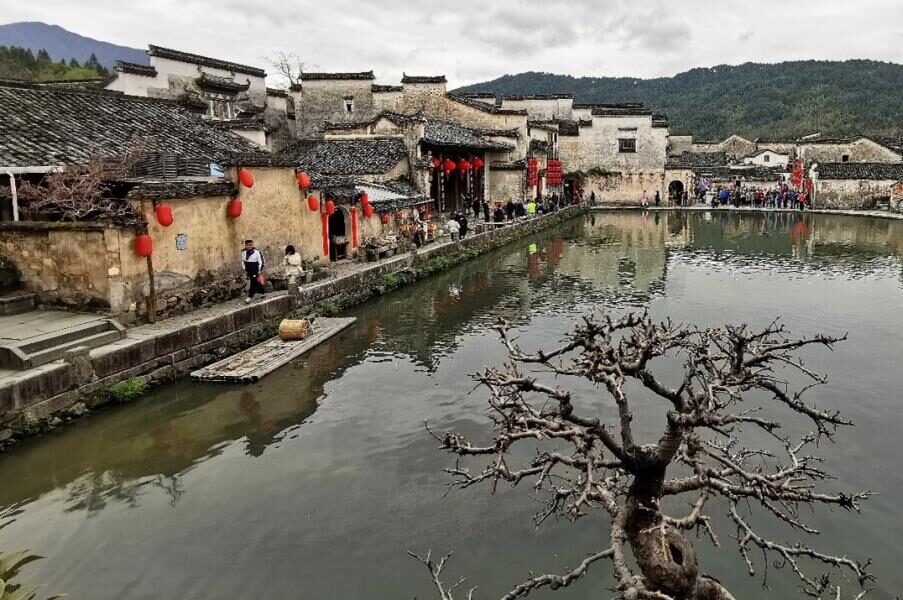
A comprehensive assessment of climate impacts helped tailor appropriate and impactful interventions in Huangshan city.
Overview
An Asian Development Bank-funded project is helping the Huangshan municipality in the PRC tackle climate change impacts through ecological protection and green development measures, such as monitoring forest health, constructing wetlands, improving wastewater treatments, and promoting green agricultural practices.
The project uses climate risk modelling techniques to assess local conditions, thoroughly evaluates climate-related risks, and incorporates them into the project’s engineering design and technical road map. This localization of approaches is expected to activate appropriate and impactful measures that will engage stakeholders and make the project more effective and productive.
Project information
52026-001: Anhui Huangshan Xin’an River Ecological Protection and Green Development Project
Project snapshot
- Approval date: 11 December 2019
- Closing date: 30 December 2026
- Total project cost: $214.38 million
- Executing agency: Huangshan Municipal Government
- Financing: Asian Development Bank, KfW Bankengruppe, Huangshan Municipal Government
Context
The PRC, a key emitter of greenhouse gas (GHG), is a signatory to the 2015 Paris Agreement on climate change, under the United Nations Framework Convention on Climate Change. In 2010, the PRC set to reduce carbon dioxide (CO2) emissions by 40%–45% by 2020 compared to 2005 levels. This was achieved but GHG emissions are projected to increase until at least 2030 under current policies. In 2020, the country announced it would become carbon neutral by 2060. To attain this goal, it needs to tackle the threat of climate change and create low-carbon cities with sustainable and competitive economies.
Low-carbon development has become a key component of the country’s approach to sustainable development. In 2017, Huangshan was designated as a pilot city for low carbon policy by the PRC government to actively address climate risks and explore low-carbon and green development paths tailored to the local situation.
The Huangshan municipal government sought to integrate climate change risk control measures in its tourism industry—a pillar of the local economy—in line with the aim to peak carbon emissions by 2030 and then decrease them.
Challenges
Huangshan has a subtropical, humid monsoonal climate with a rising annual mean temperature and increased rainfall that is becoming less evenly distributed in a year. The highest-level climate-related risks identified were in the areas of urban flooding and extreme heat. The municipality faces the risk of water scarcity, wildfires, cyclones, and landslides.
More consideration needs to be given to water conservation for Huangshan to become resilient to increased drought hazards and prevent long-term water scarcity. Extreme weather phenomena, such as flooding, drought, or high temperatures, can also reduce labor productivity and damage production chains, slowing local economic growth. Other impacts include a reduction in both agricultural yields and availability of freshwater, associated public health consequences for the local population, and damage to species like the Huangshan pine tree. Climate change could also play a part in changes to the geographical distribution of species. For example, there are signs that warmer weather might lead to nematodes moving northwards (these worms naturally occur in soil and control soil insect pests). This would cause the spread of the pine wilt disease, resulting in death of more of Huangshan’s pine forests.
Solutions
The Anhui Huangshan Xin’an River Ecological Protection and Green Development Project is implementing an ecological protection and green development model designed for small and medium-sized cities or development areas. Through climate risk modelling, the project design considered Huangshan’s historical climate data, climate change trends and risks, and projected impacts. Risks were integrated into the engineering process, and a technical road map for the project was developed to mainstream the strategy and recommendations for tackling climate change impacts. Suitable mitigation and adaptation activities were identified by evaluating climate vulnerability and the costs of each option. These measures are elaborated on in the ongoing detailed design and construction stages of the project (Figure 1).
Figure 1: Climate Change Adaptation and Mitigation Measures under the Project
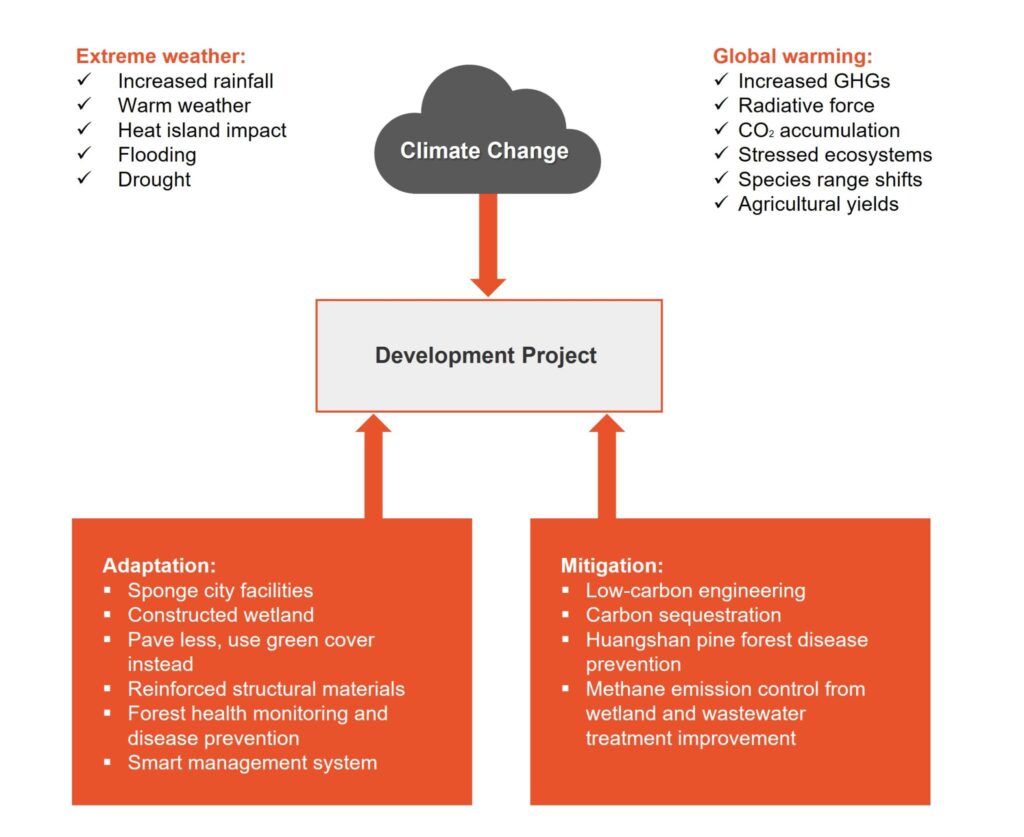
CO2 = carbon dioxide, GHG = greenhouse gas.
Source: Cities Development Initiative for Asia. 2020. Climate Change Adaptation and Mitigation: Risk Management through Integrated Project Design. Manila.
Mitigation activities are at the forefront of project design and promote efforts to reduce, avoid, or sequester GHG emissions. These are aimed at decoupling development from fossil fuel–based consumption and creating a city with high green coverage, large water surface, and a comfortable living environment.
Some key climate mitigation measures included in the Huangshan project are:
In January 2019, Huangshan was declared an epidemic region for Bursaphelenchus xylophilus, the parasite that causes the deadly pine wilt disease, which is fatal for trees within 40 days of infection. The local practice is to burn infected dead pine trees to control the spread of pests and disease, which consequently increases CO2 into the atmosphere. The Huangshan project includes strengthened monitoring and disease prevention measures, which should effectively control the disease.
According to the Intergovernmental Panel on Climate Change 2007 report on Methane Emission from Wetlands, natural wetlands contribute between 20% and 39% of the global emissions of methane. So instead, wetlands will be created with greener features. Two plots of land along the Xin’an River in She County—one with an area of 6,000 square meters (m2) and another with 4,000 m2—will be developed as constructed wetlands under the Huangshan project.
The project includes the use of both aerobic and anaerobic wastewater treatment systems. Aerobic wastewater treatment systems generate CO2 as a by-product while anaerobic systems produce a mixture of methane and CO2. Under the sewerage improvement component of the project, 27,662 cubic meters per day of urban wastewater will be collected and transported to treatment plants, while 2,339 cubic meters per day of rural wastewater will be collected and treated in rural wastewater treatment stations.
Nitrogen fertilizer is currently applied in tea farms at a rate of 277 kilogram of nitrogen per hectare (ha) per year, with only 20% efficiency, and a substantial proportion of the fertilizers is eventually emitted into the ambient air in the form of nitrous oxide. To address this, the project promoted green agricultural practices that use a recommended formula of fertilizers according to soil testing and soil amelioration that will lessen emissions.
Expected Results
When the project is completed in 2026, its climate mitigation and other green initiatives will improve environmental conditions upstream and reduce, avoid, or sequester GHG emissions.
Better forest health
Strengthened forest monitoring and disease prevention measures would reduce pine tree infection in the Huangshan area by 80%, which will then reduce the release of CO2 into the atmosphere. This could save an estimated 18,428 pine trees annually. In 2018, 80% of the trees that died. The carbon sequestered would amount to 18,557 tons of CO2. The pine forest disease prevention program is expected to provide carbon sequestration of close to 0.5 million tons of CO2 over 25 years.
Improved wetlands with green features
The variation in the quantity of the GHG release is largely due to differences in the nature of the emitting vegetation, including soil microbiota, which interfere with the production and consumption of methane. Thus, the wetlands to be constructed under the Huangshan project along the Xin’an River in She County will have greener features that are set to improve anaerobic conditions and reduce the release of methane.
Improved wastewater quality
Through improved water systems, total daily GHG emissions are predicted to fall by 5,026.5 tons of CO2 equivalent.
Improved agricultural practices and productivity
Environment-friendly practices in green tea farming are expected to improve the productivity of croplands, reduce nonpoint source pollution, and increase biodiversity and carbon sequestration. In addition, the 10% reduction in chemical fertilizer usage in around 4,500 ha of tea farms would reduce GHG emissions by 23,333 tons CO2equivalent per year.
References
Asian Development Bank (ADB). 2021. Report and Recommendation of the President to the Board of Directors: Proposed Loan to the People’s Republic of China for the Anhui Huangshan Xin’an River Ecological Protection and Green Development Project . Manila.
S. Fraser et al. 2017. Methodology Report: Updated for Think Hazard! Version 2. World Bank Global Facility for Disaster Reduction and Recovery: Washington, DC.
H. J. Laanbroek. 2010. Methane Emission from Natural Wetlands: Interplay between Emergent Macrophytes and Soil Microbial Processes. A Mini-Review. Annals of Botany. 105 (1). pp.141–153.
Author

Mingyuan Fan
Principal Water Resources Specialist, East Asia Department, ADB
This blog is reproduced from Development Asia.

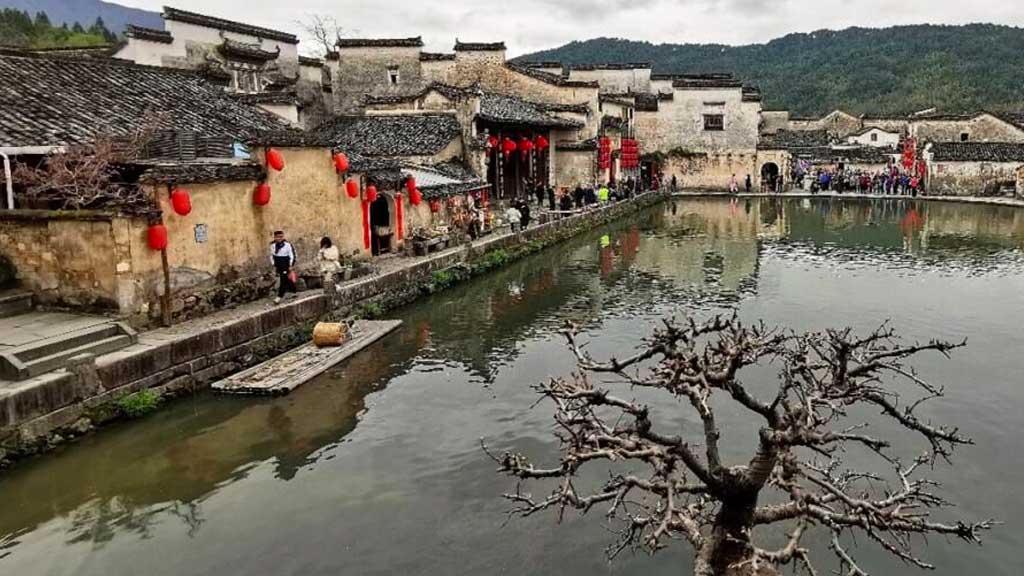
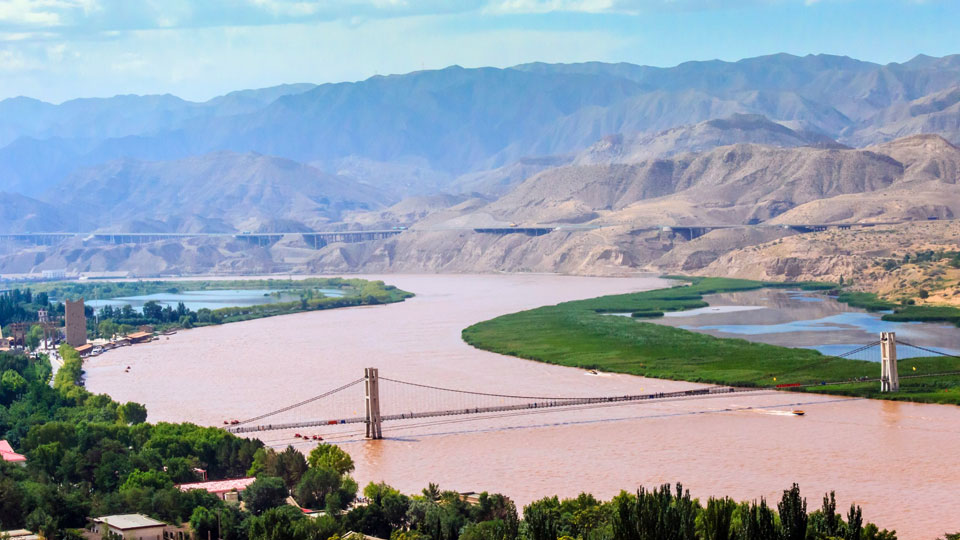
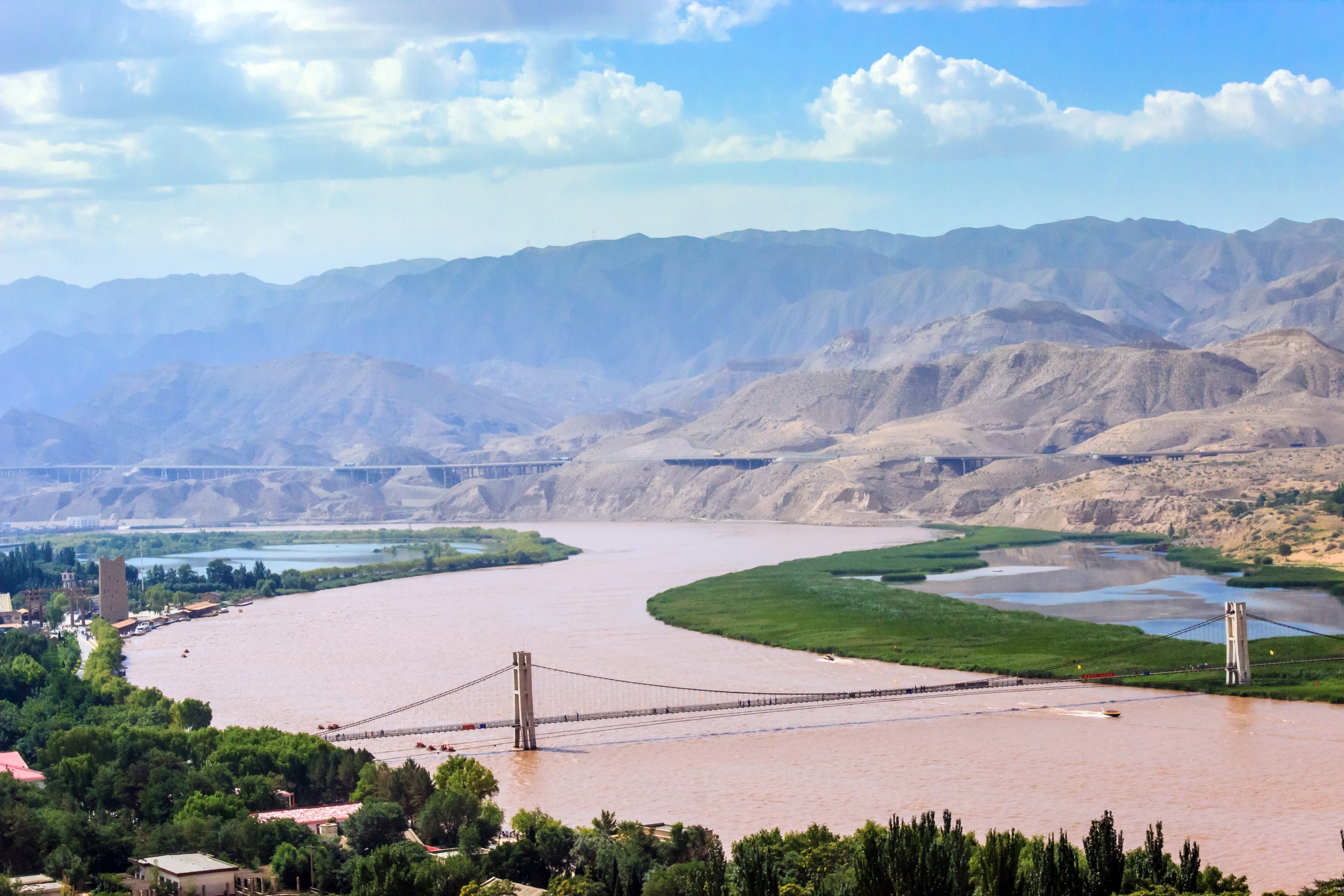

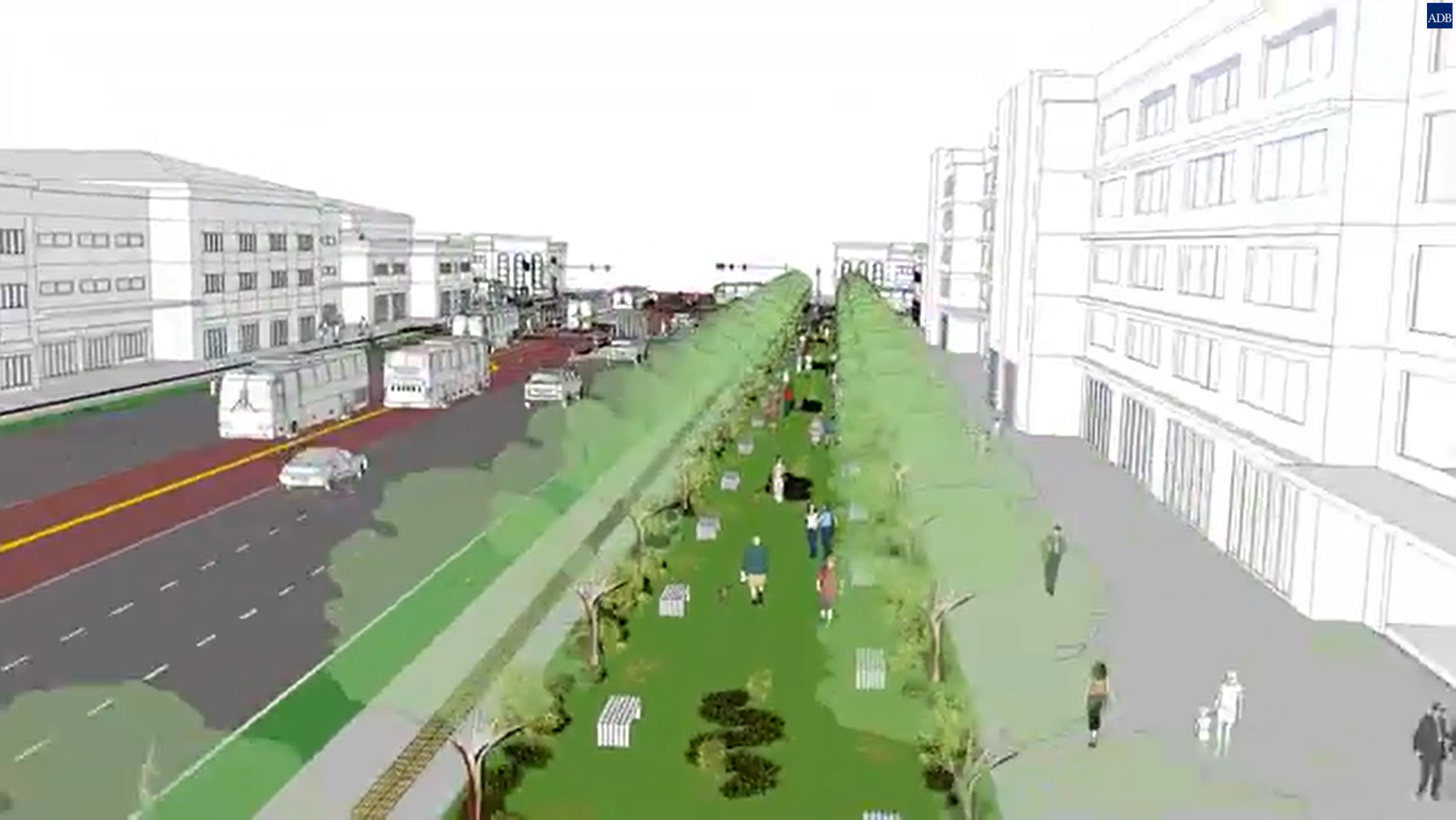
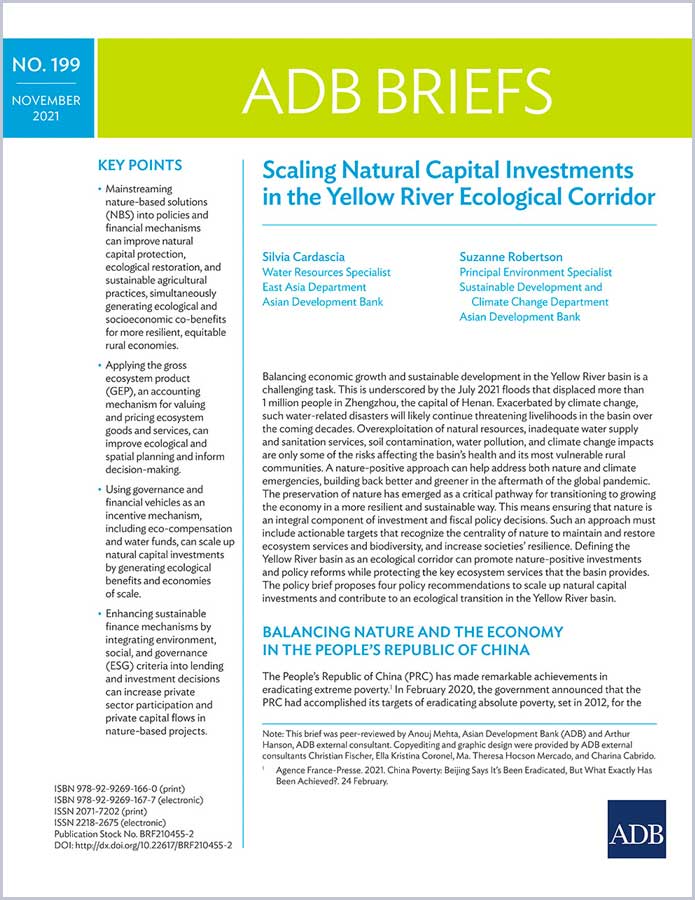
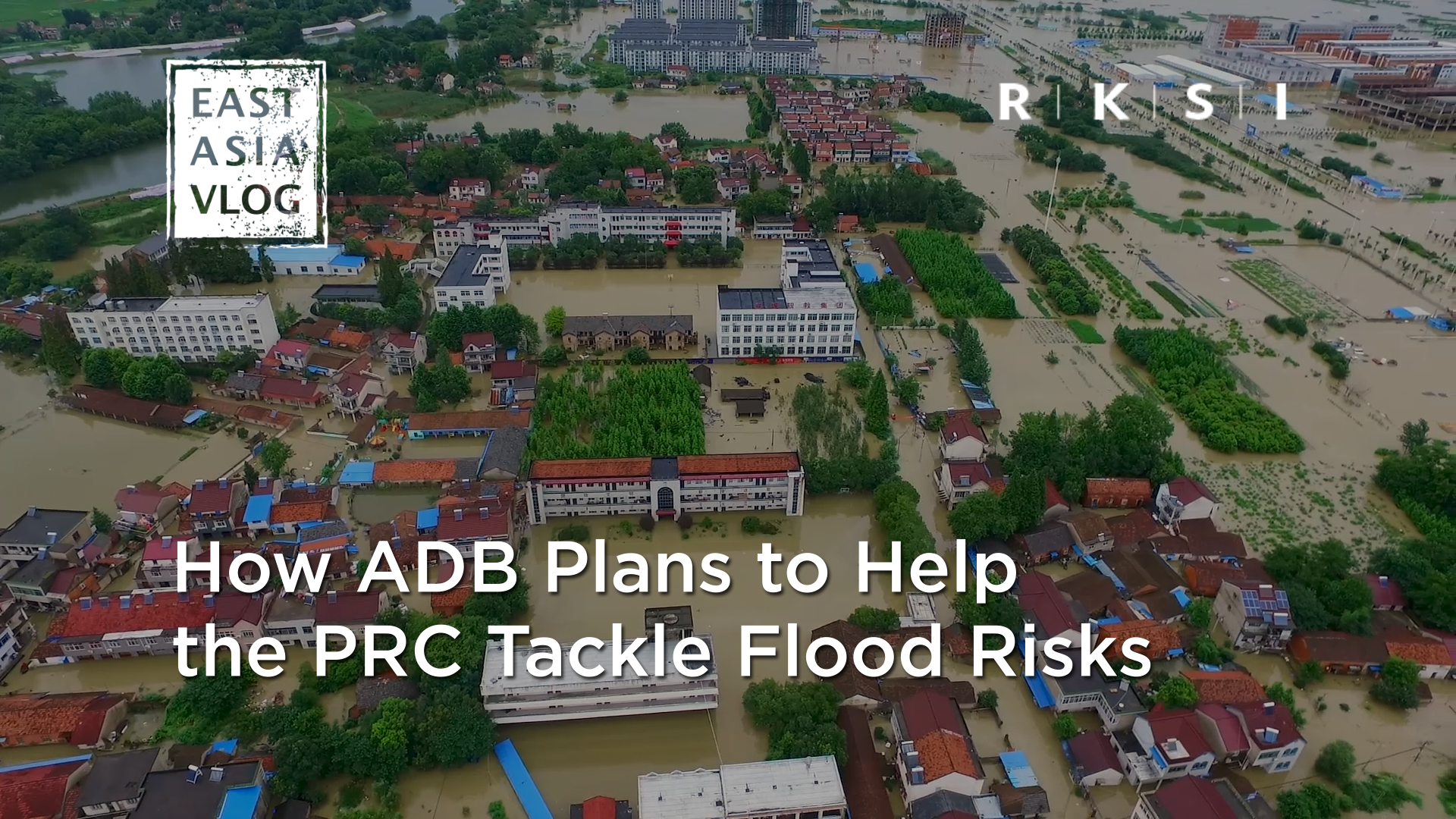
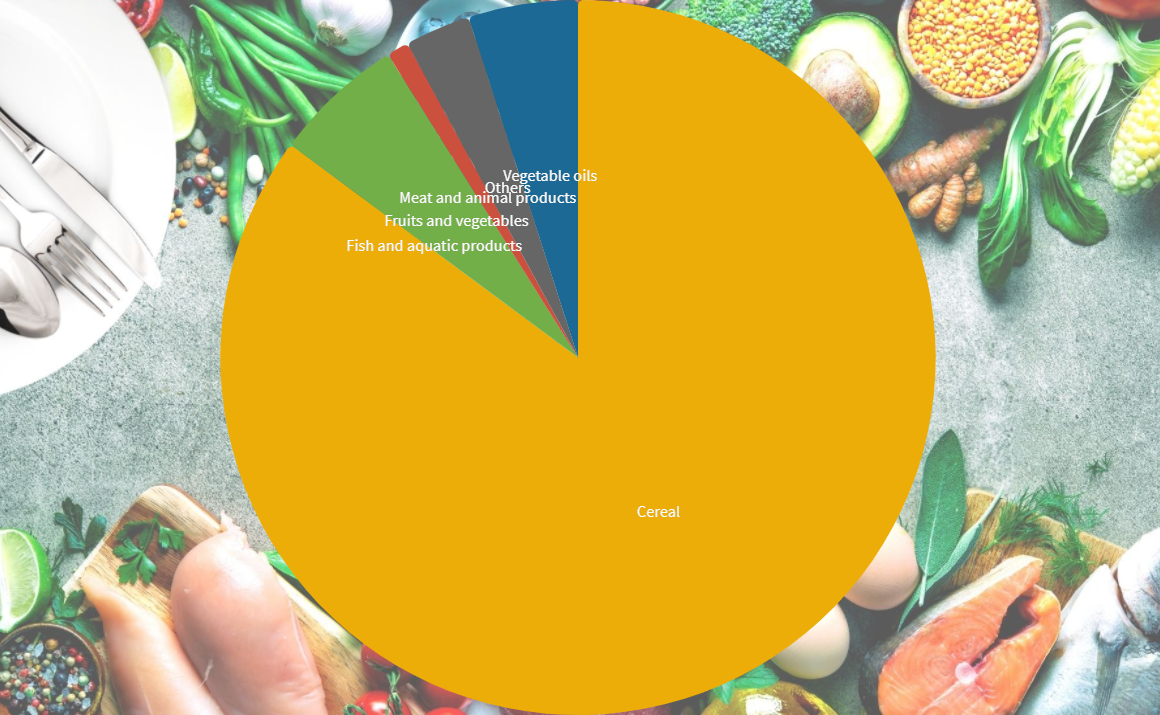


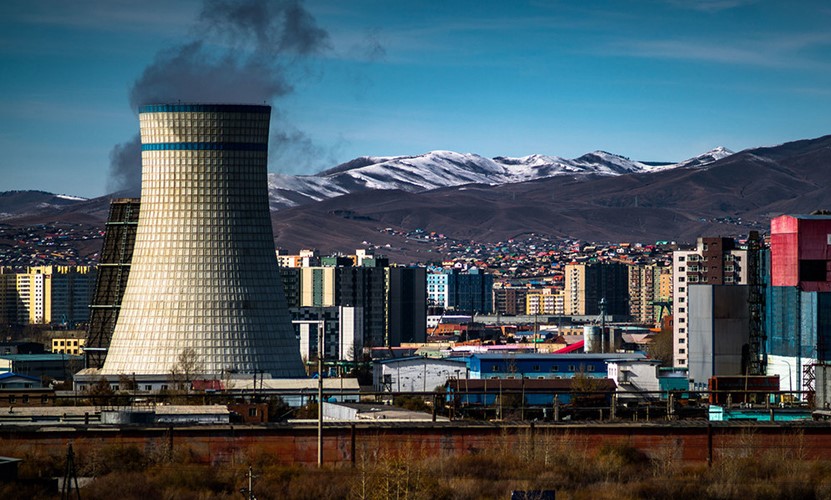
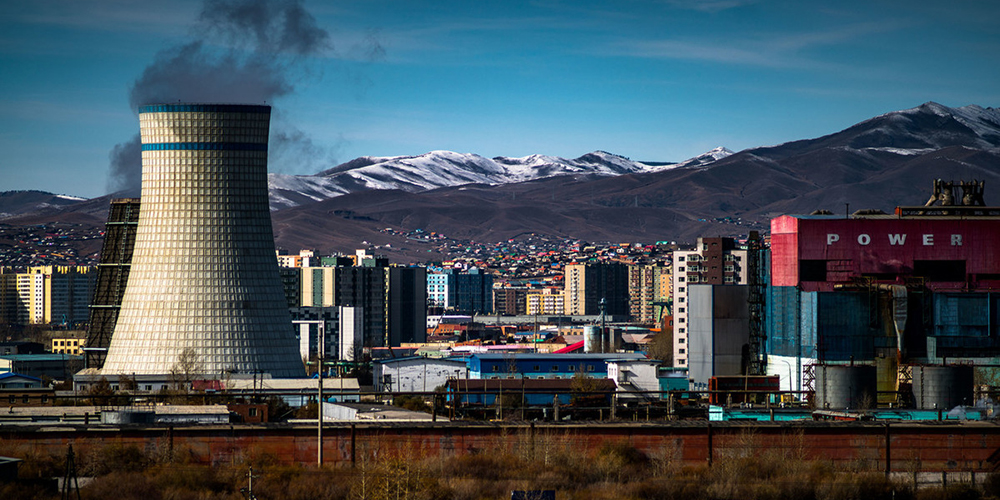

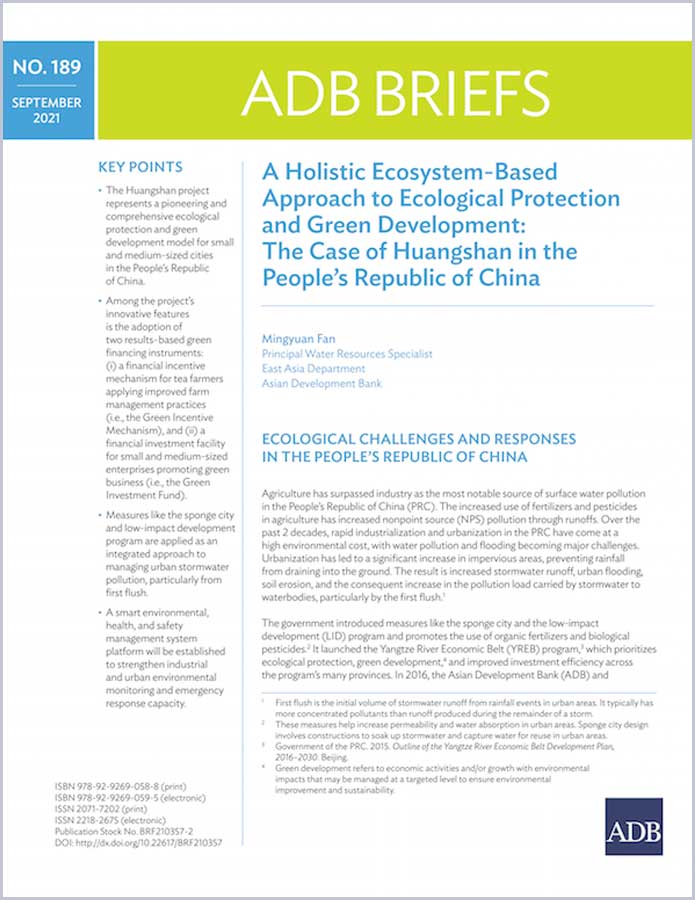
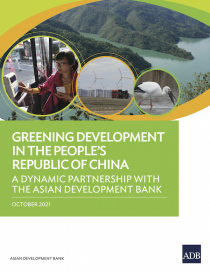
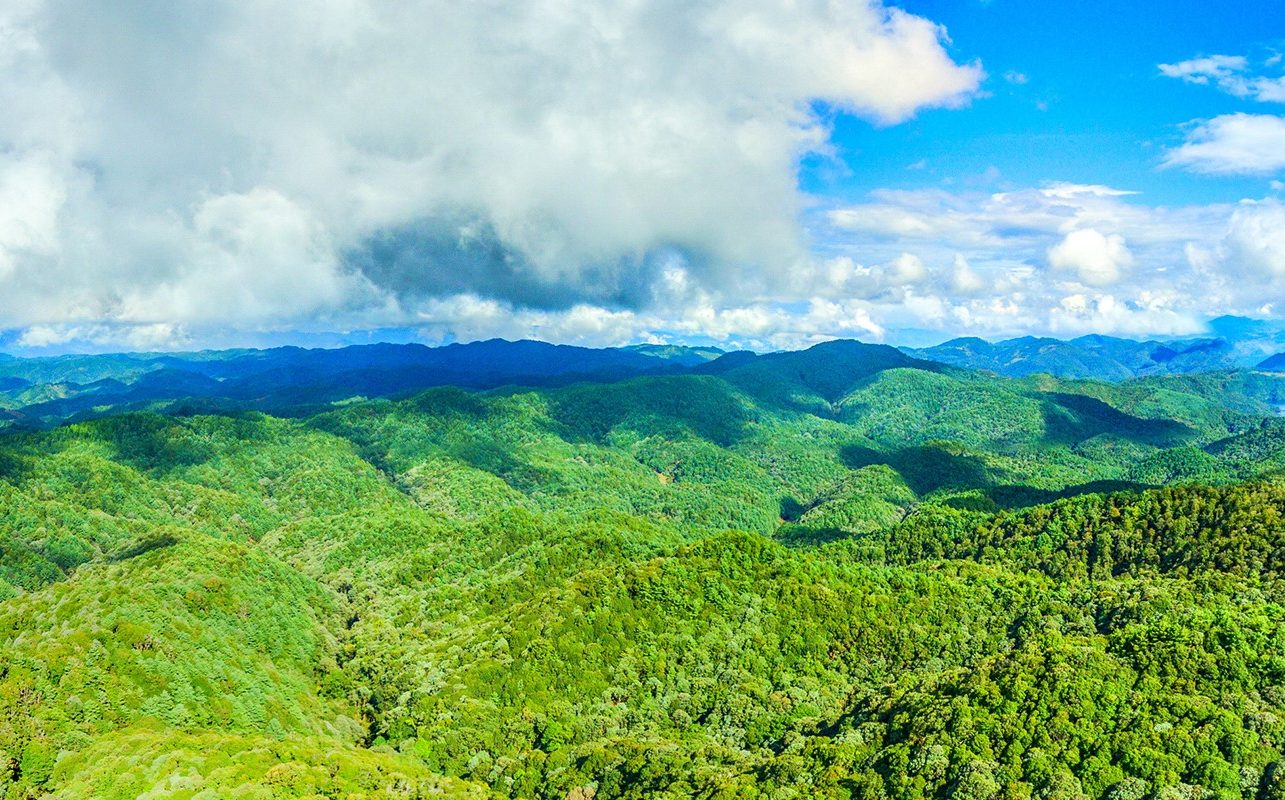
.jpg)

